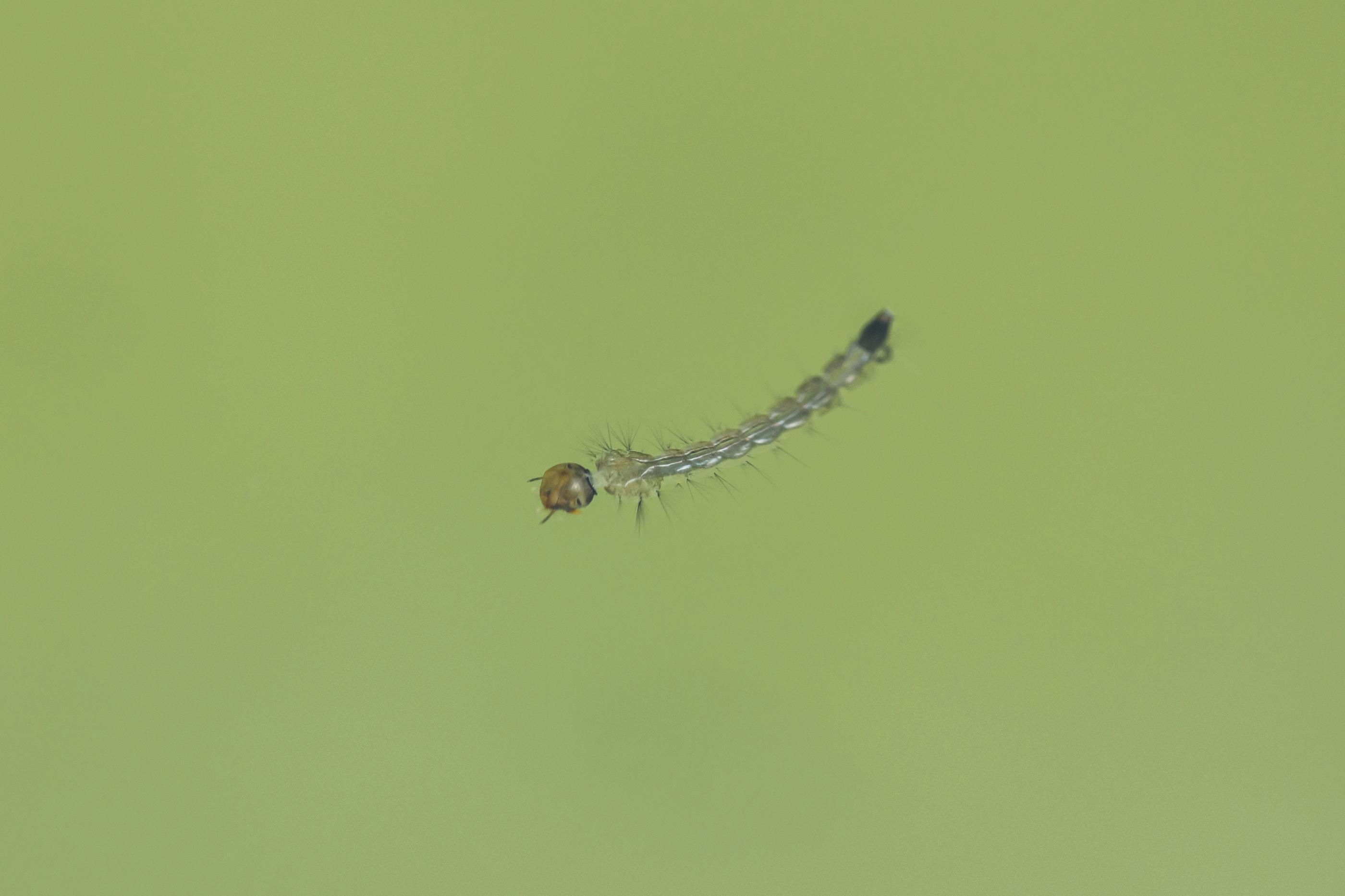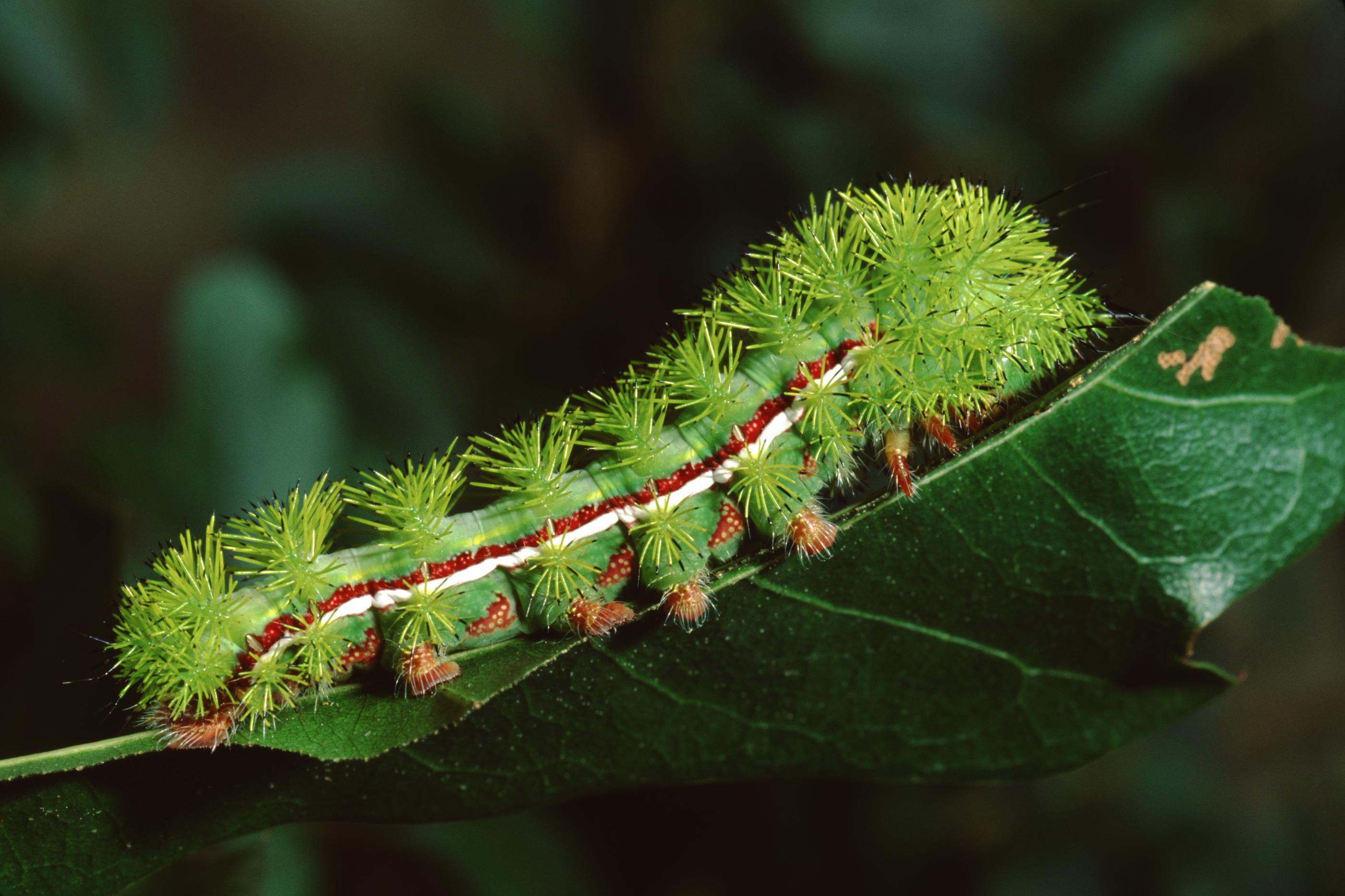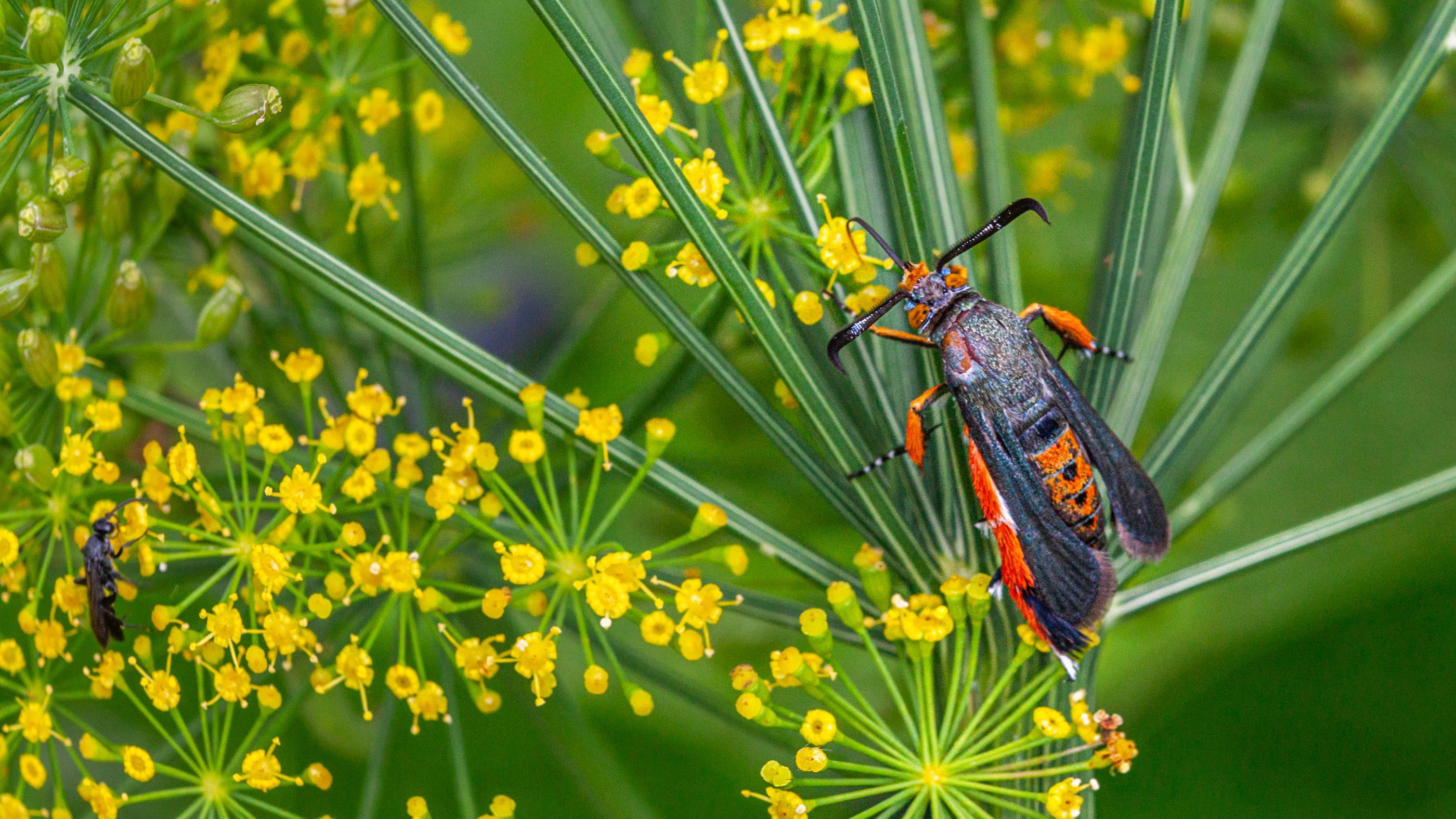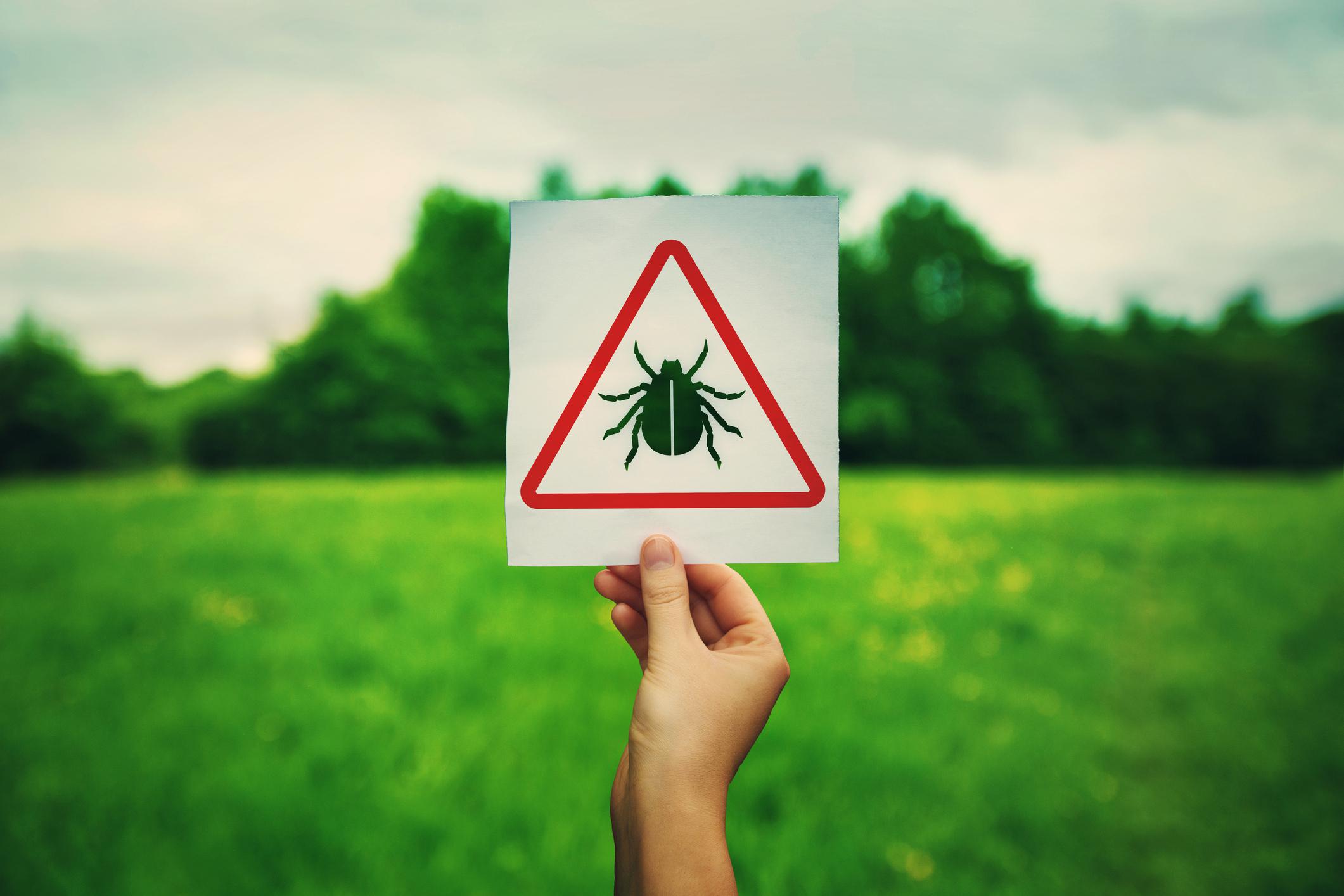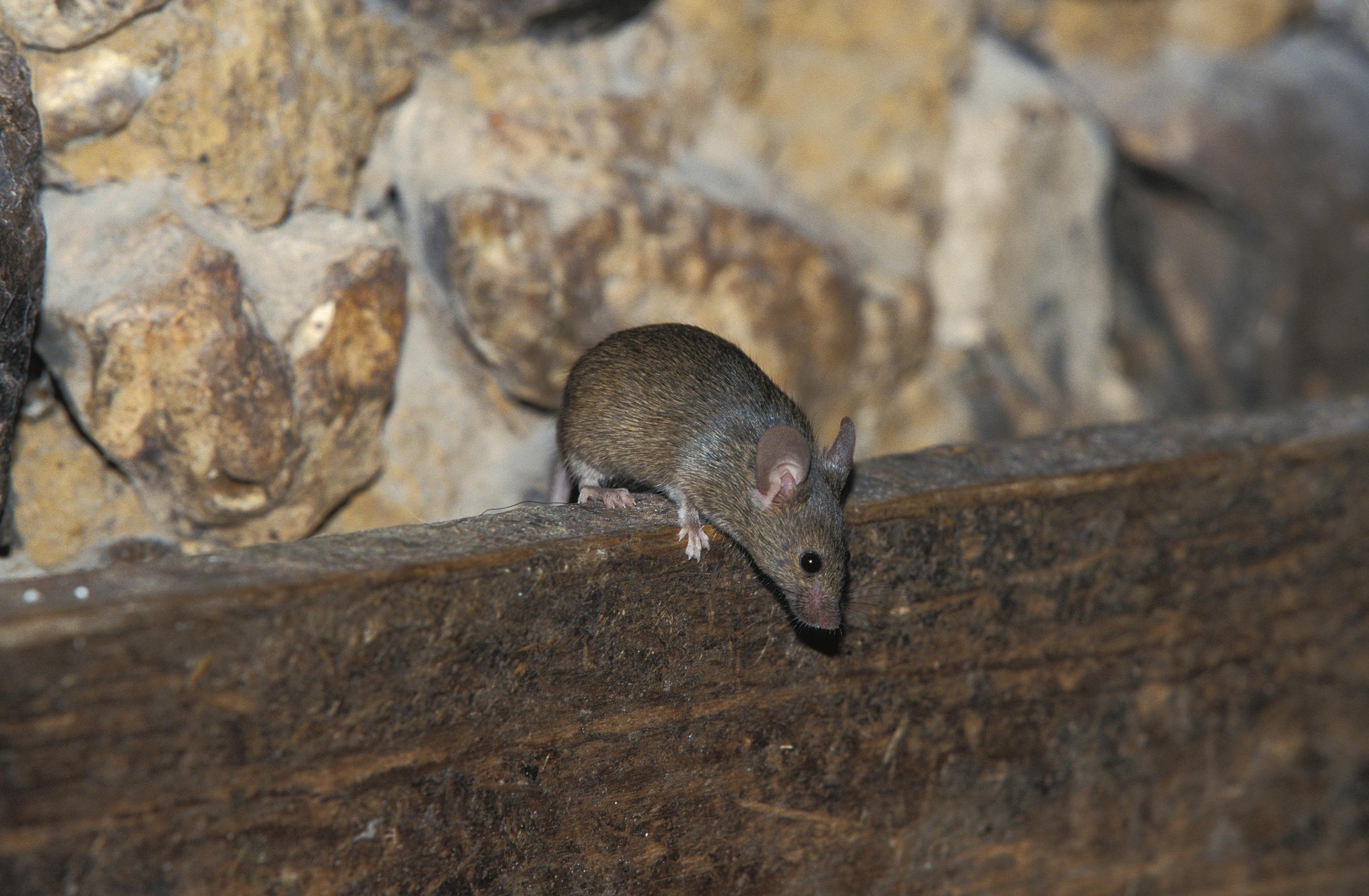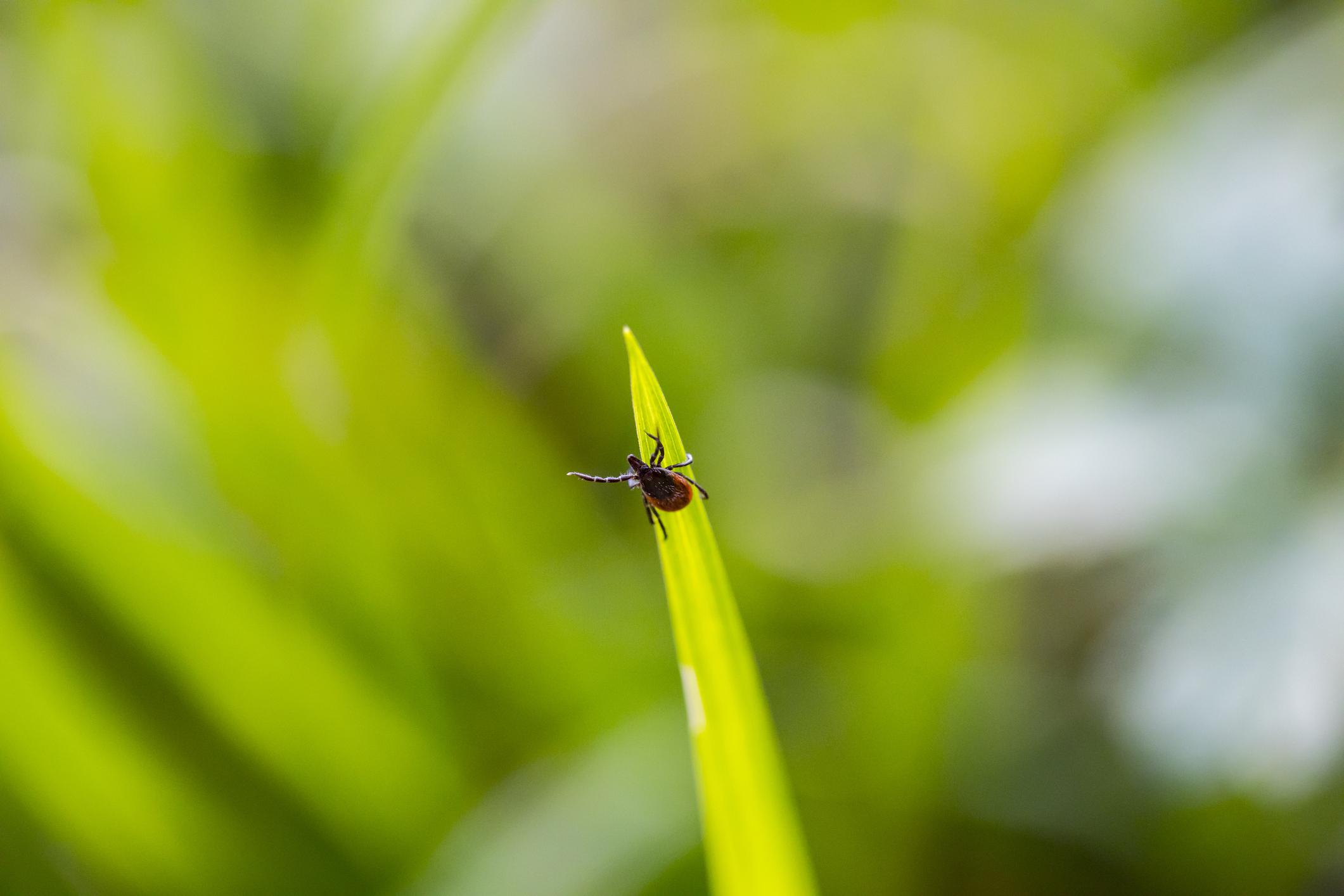The Worst Tick-Borne Diseases in the U.S.
Posted by Mosquito Squad
December 5, 2016
When most people worry about tick-borne diseases, the biggest threat on their radar is typically Lyme disease. However, ticks are the most significant vectors of infectious diseases in the United States, so many other tick-borne illnesses are dangerous to humans. It’s just as important to be aware of the signs and symptoms of these diseases so you can spot them and take action in case you, a family member, or friend is infected.
According to the Centers for Disease Control (CDC), these are eight of the most common tick-borne diseases in the United States. Here’s what you need to know about each of them. Keep in mind that symptoms vary widely from person to person.
The 8 Worst Tick-Borne Diseases in America
Anaplasmosis
- Transmitted by: black-legged tick (deer tick) and western black-legged tick
- Geography: Northeast, upper Midwest, and Pacific coast
- Symptoms: fever, headache, chills, and muscle aches, typically within 1-2 weeks of the bite
- Treatment: doxycycline
- Prevalence: 1761 cases in 2010
- Fatality Rate: less than 1%
Babesiosis
- Transmitted by: black-legged tick (deer tick)
- Geography: Northeast and upper Midwest
- Symptoms: many do not show symptoms, but those who do have nonspecific flu-like symptoms such as fever, chills, sweats, headache, body aches, loss of appetite, nausea, or fatigue
- Treatment: people without symptoms usually do not need to be treated, talk to your doctor
Ehrlichiosis
- Transmitted by: lone star tick
- Geography: southeastern and the south-central U.S.
- Symptoms: fever, headache, fatigue, and muscle aches, usually within 1-2 weeks of the bite
- Treatment: doxycycline
- Prevalence: 740 cases in 2010
- Fatality Rate: 1.1%
Lyme Disease
- Transmitted by: black-legged tick (deer tick) and western backlogged tick
- Geography: Northeast, upper Midwest, and Pacific coast
- Symptoms: fever, chills, headache, fatigue, muscle and joint aches, swollen lymph nodes, and characteristic rash, 3-30 days after the bite
- Treatment: antibiotics, length of course varies
- Prevalence: nearly 35,000 cases in 2014
Rocky Mountain Spotted Fever (RMSF)
- Transmitted by: American dog tick, Rocky Mountain wood tick, brown dog tick
- Geography: most of the contiguous U.S., particularly common in North Carolina, Oklahoma, Arkansas, Tennessee, and Missouri
- Symptoms: fever, headache, abdominal pain, vomiting, muscle pain, and sometimes a rash, 2-14 days after the bite
- Treatment: doxycycline, most effective if started before the fifth day of symptoms
- Prevalence: 1791 cases in 2009
- Fatality Rate: less than 0.5%
Southern Tick-Associated Rash Illness (STARI)
- Transmitted by: lone star tick
- Geography: southeastern and eastern U.S.
- Symptoms: red, expanding “bull’s-eye” rash of 3 inches or more, within 7 days of bite, fatigue, headache, fever, and muscle pain
- Treatment: antibiotics
Tick-Borne Relapsing Fever (TBRF)
- Transmitted by: soft tick
- Geography: the western U.S., including Arizona, California, Colorado, Idaho, Kansas, Montana, Nevada, New Mexico, Ohio, Oklahoma, Oregon, Texas, Utah, Washington, and Wyoming
- Symptoms: recurring episodes of fever, headache, muscle and joint aches, and nausea, associated with sleeping in rustic, rodent-infested cabins in mountainous areas
- Treatment: tetracycline
- Prevalence: 483 cases between 1990-2011
Tularemia
- Transmitted by: dog tick, wood tick, and lone star tick
- Geography: throughout the U.S.
- Symptoms: fever and various symptoms, depending on the type of disease
- Treatment: antibiotics
- Prevalence: 314 cases in 2015
Contact DC Mosquito Squad today to control ticks in your backyard as you strive to keep your family protected from possible tick-borne disease infections.

